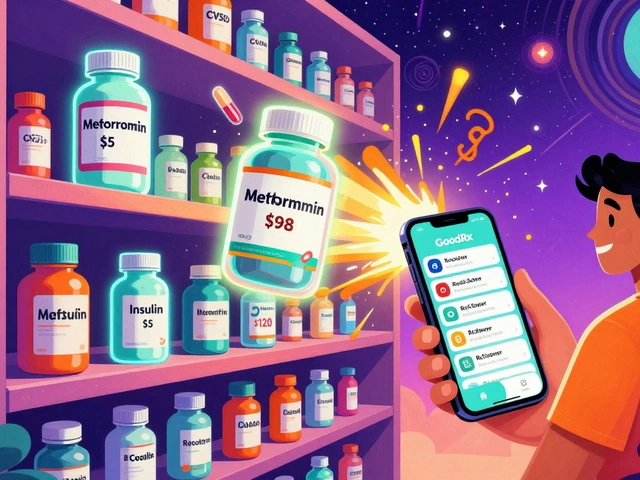Living with a chronic condition: practical tips that actually help
Living with a long-term illness means juggling meds, appointments, side effects, and the odd day that feels out of control. Small, reliable routines cut stress and keep things steady. Below are clear, useful steps you can use today — nothing vague, just things that make daily life easier when you’re managing symptoms or medicines.
Daily routines that help
Set one simple medication routine. Take meds with a meal or at bedtime so you remember them. Use a pill organizer or phone alarms and log each dose — that single habit lowers missed doses and odd interactions.
Track symptoms, not feelings. A quick daily note — blood sugar reading, headache, sleep hours — helps your next doctor visit be focused. Recording facts makes it easier to spot patterns: that new med might cause sleep trouble or weight change.
Plan for travel. Pack medicines in original bottles, keep a list of generic names and dosages, and carry a digital copy of prescriptions. If you’re traveling during menopause or with reflux, pack extras (cooling clothes, antacids, or PPI basics) and schedule layovers so you can rest.
Prioritize sleep, hydration, and movement. Small walks, 7–8 hours of sleep, and steady water intake influence blood pressure, blood sugar, mood, and pain. These habits matter as much as meds for many conditions.
Smart medication and pharmacy tips
Know why each drug is prescribed. Ask your clinician: what does this med do, how long before it works, what labs should I get? For example, with statins (like simvastatin) you’ll want baseline liver checks and to report unusual muscle pain.
Watch for interactions. Bring a current medication list to every visit. Over-the-counter drugs, supplements, and even some herbal products can change how prescriptions work. Ask your pharmacist if a new med mixes with what you already take.
Choose pharmacies carefully. If you buy online, pick sites that require prescriptions, show a physical address and licensed pharmacist contact, and have clear return and privacy policies. Avoid sellers that push controlled meds without a script.
Know alternatives and when to ask. If side effects hit, don’t stop suddenly — call your provider. There are often safe swaps: different statins, blood pressure combos, or non-opioid pain options. We have guides comparing choices for many drugs.
Manage costs without risking safety. Look for generic versions, ask about patient assistance programs, and compare reputable international or local pharmacies for savings. Always confirm the pharmacy is legit before ordering.
Living with a condition becomes less stressful when you focus on routines, clear records, and trusted advice. Read specific guides — from diabetes and thyroid tips to HIV treatment and safe online pharmacies — so you get practical steps that match your situation.
Alpelisib: A Patient's Perspective on Living with and Managing Side Effects
Living with and managing the side effects of Alpelisib has been challenging but I've learned to adapt. The most common side effects I've experienced are nausea, fatigue, and skin reactions. I've found that maintaining a healthy diet, staying hydrated, and getting enough rest help to alleviate these symptoms. Additionally, my medical team has been a great support in providing guidance and medications to manage the side effects. Overall, I've realized the importance of open communication with my healthcare providers and maintaining a positive mindset to better cope with the impact of Alpelisib on my daily life.





